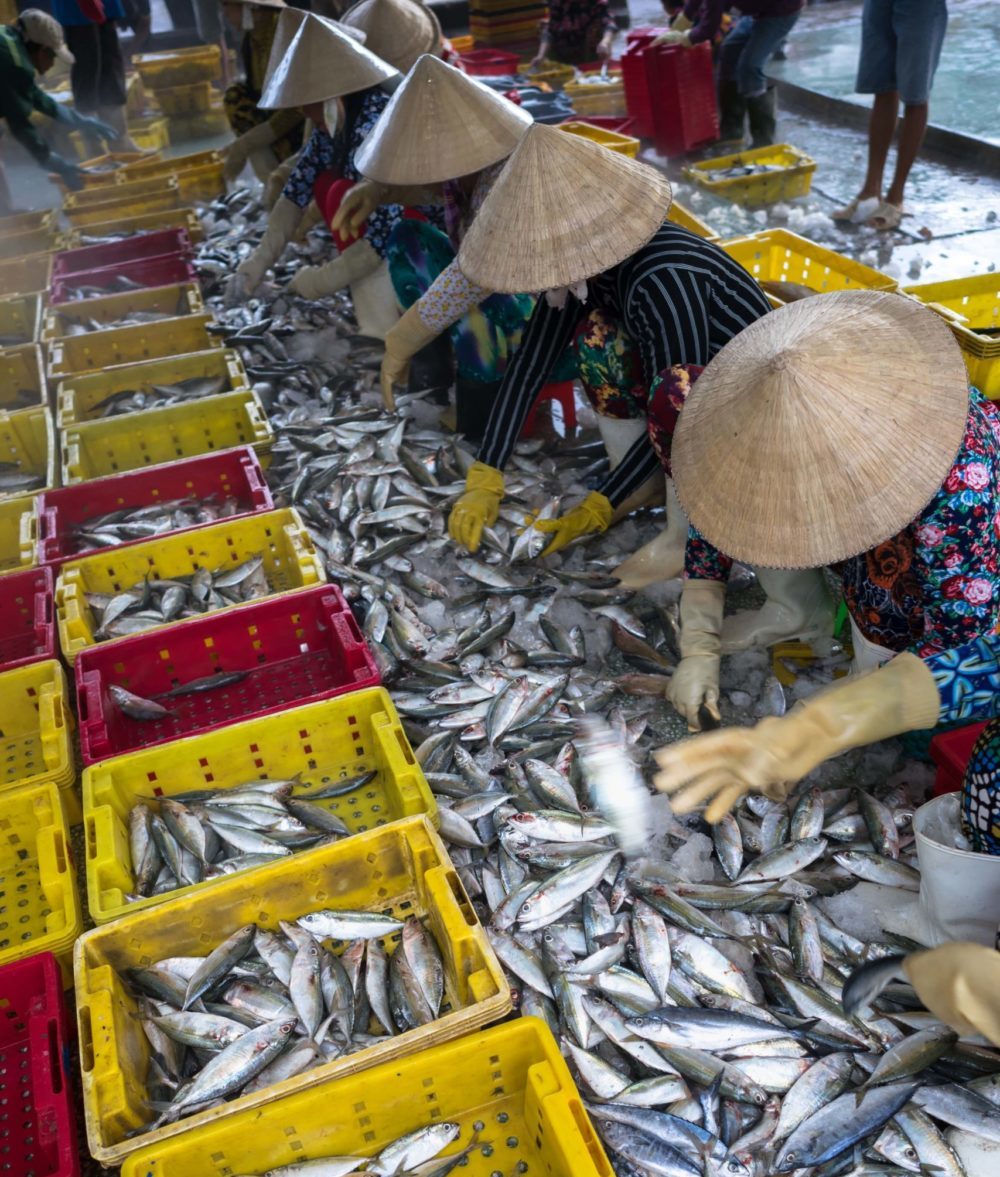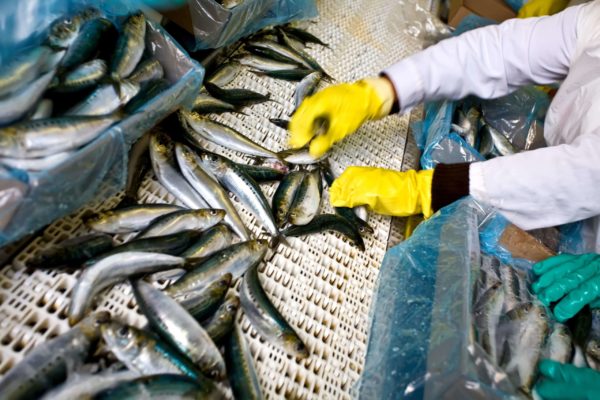Commit
Make a strong public commitment to human and labor rights
It is better to learn, improve, or even fail than not to commit at all.
It is better to learn, improve, or even fail than not to commit at all.

ACTION
ACTION
ACTION
Discover how companies can apply the RISE Roadmap to improve their social responsibility practices.




Enter a few details about yourself to view this resource.